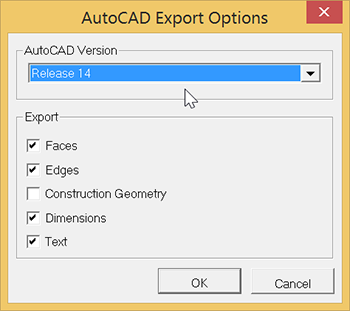

- #Sketchup textures not exporting with obj movie
- #Sketchup textures not exporting with obj registration
- #Sketchup textures not exporting with obj pro
For more control over export options, click Detailed Controls.ĥ. You generally want to move the slider closer to “Fewer Polygons”, but this option can oversimplify geometry to the point that it loses it’s form. Moving the slider to the left results in a simplified, faceted model, and to the right increases the model’s smoothness. The next dialog box gives you basic control over the model’s complexity. Under the General tab, select Write Surfaces As: Meshes and Write Meshes As: Meshes. Select export scheme as 2004 Lines, then click Edit Schemes.ģ.
.png)
dxf (both file types have the same export properties).Ģ. dwg import capabilities for free, but these versions are no longer available through Sketchup’s website (you must search the web).ġ.

There are earlier versions of SketchUp (v 7.1) that have.
#Sketchup textures not exporting with obj pro
dwg/.dxf import is only compatible with Pro versions of Sketchup, which requires a license. Check this video out for some tips Īdvantages: The model maintains layer information when imported into Sketchup.ĭisadvantages. Once you get your model in, there are likely to be geometric issues that need to be cleaned up before the analysis is as accurate as it can be in Sefaira. Follow these steps to minimize file size and optimize the model for import into SketchUp.
#Sketchup textures not exporting with obj registration
#Sketchup textures not exporting with obj movie

To do this just double click each channel in turn (Diffuse, Opacity, Bump etc.) and load the textures from wherever you have them stored on your computer. At the end of the day, providing you actually have the textures you can always apply them manually in 3DXchange 7 after the model is opened. When this is the case you should find the textures will be applied correctly when opening the FBX in 3DXchange (or in iClone since version 7.6). For FBX files you may also have an FBM folder with the same name as the model which contains the textures. mtl file for the model you downloaded in say Notepad and make sure the textures are where they should be. mtl file that tells the software opening the OBJ where to find the Textures. OBJ models for example will normally come with a. Sometimes they are embedded with the model and other times they are supplied separately. Textures for models can be supplied in a variety of ways.


 0 kommentar(er)
0 kommentar(er)
